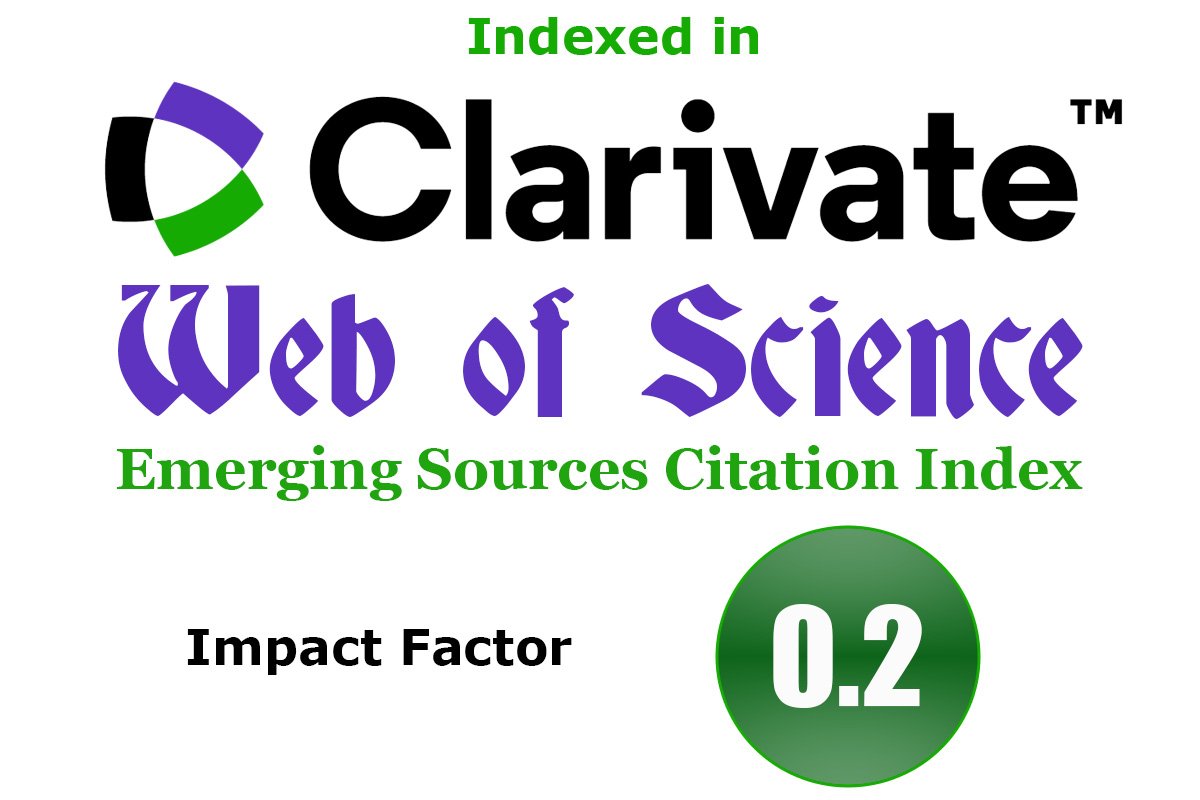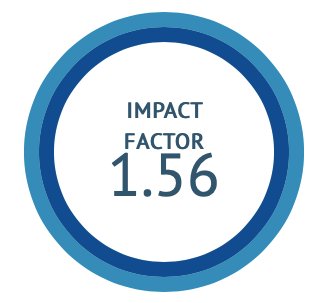Genotoxic, antigenotoxic and protective evaluation of Musalyadi churna by chromosomal aberration assay in Swiss albino mice
DOI:
https://doi.org/10.47552/ijam.v13i1.2338Keywords:
Genotoxicity, Musalyadi Churna, Chromosomal aberration, Mice, CyclophosphamideAbstract
Ayurveda is an ancient science of life that uses a wide range of formulations or herbal compounds to treat various diseases. Each drug must be scientifically, pre-clinically, and clinically evaluated in order to gain global acceptance. As part of the safety evaluation process, regulatory authorities around the world require data on new drug genotoxic potential.MusalyadiChurna(MSDC) is a classical Ayurvedic formulation in herbal powder dosage form consisting of eight ingredients of herbal origin and indicatedin the treatment infertility. This herbal combination may be useful, however mixture of substances can be dangerous and genotoxic, causing harm to living cells' genetic material and resulting in mutations that induce serious issues for the host, such as cancer and birth defects; consequently, genotoxicity testing is essential.The study aimed to evaluate the genotoxic, antigenotoxic and protective properties of MusalyadiChurnaagainst the bone marrow of albino mice. MusalyadiChurna's genotoxicity were assessed using the "Mammalian Bone Marrow Chromosome Aberration assay," and the classical powder's antigenotoxic and protective activities against cyclophosphamide-induced genotoxicity in mice were also assessed using the same assay.Mice were administered MusalyadiChurna orally for four weeks at a dose of 25 mg/25 g mouse. Cyclophosphamide was utilized as a mutagen, and a single dose of 50 mg/kg b.w. was given intraperitoneally (i.p.) 24 hours after the final dose of MusalyadiChurna in the pre-treatment regimen and 24 hours before the first dose of MusalyadiChurna in the post-treatment regimen.The chromosomal aberration assay revealed that the herbal compound formulation MusalyadiChurnaat 1000 mg/Kg body wt. had no genotoxic activity against the bone marrow of Swiss albino mice. Using the same experiment, the formulation demonstrated both protective and antigenotoxic properties against Cyclophosphamide-induced mutagenicity in mice.Further research should be to capitalize on MusalyadiChurna’s potential as an alternative source of natural compounds to treat genotoxic problems.
Downloads
Published
How to Cite
Issue
Section
License
Copyright (c) 2022 International Journal of Ayurvedic Medicine

This work is licensed under a Creative Commons Attribution 4.0 International License.
The author hereby transfers, assigns, or conveys all copyright ownership to the International Journal of Ayurvedic Medicine (IJAM). By this transfer, the article becomes the property of the IJAM and may not be published elsewhere without written permission from the IJAM.
This transfer of copyright also implies transfer of rights for printed, electronic, microfilm, and facsimile publication. No royalty or other monetary compensation will be received for transferring the copyright of the article to the IJAM.
The IJAM, in turn, grants each author the right to republish the article in any book for which he or she is the author or editor, without paying royalties to the IJAM, subject to the express conditions that (a) the author notify IJAM in advance in writing of this republication and (b) a credit line attributes the original publication to IJAM.




